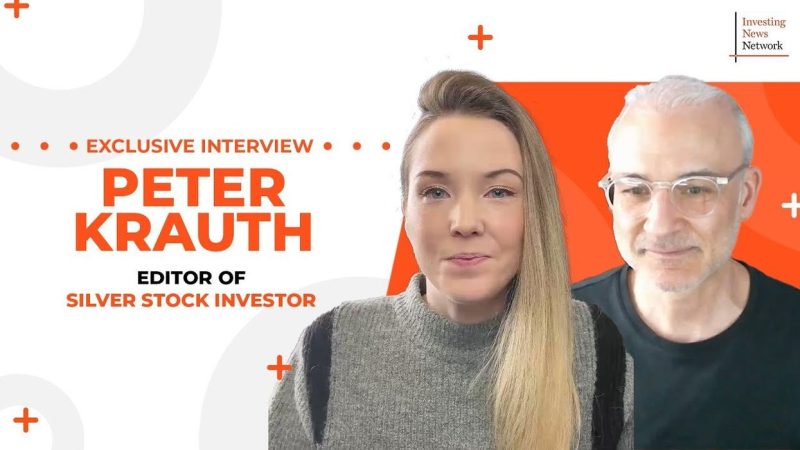In the world of precious metals investing, silver has always held a special place alongside gold. While gold is often seen as the ultimate safe haven asset, silver has its own appeal as an industrial metal with various applications. Recently, the silver market has been making headlines as it enters new territory, prompting investors to reconsider their strategies and outlook on the white metal.
Market analyst Peter Krauth has been closely monitoring the developments in the silver market and has provided insights into the current dynamics at play. With silver reaching new highs and breaking through key resistance levels, investors are seeing a bullish case for the metal. However, as with any investment, there are potential risks and worst-case scenarios that investors should be aware of.
One of the key factors driving silver prices higher is the increasing demand for the metal in various industries, particularly in the technology sector. Silver’s unique properties, such as conductivity and reflectivity, make it essential for the production of electronics, solar panels, and other high-tech applications. As the global economy continues to advance technologically, the demand for silver is expected to remain robust, providing a solid foundation for its price appreciation.
In addition to industrial demand, silver also benefits from its status as a precious metal with intrinsic value. In times of economic uncertainty or inflation, investors often turn to precious metals as a hedge against market volatility. Silver, in particular, offers a more affordable alternative to gold, making it accessible to a broader range of investors looking to diversify their portfolios and protect their wealth.
Despite the bullish outlook for silver, investors should be mindful of potential risks that could impact the metal’s price trajectory. One worst-case scenario to consider is a sharp pullback in the broader financial markets, leading to a flight to cash and liquidation of assets, including silver. In such a scenario, silver prices could experience a temporary setback as investors seek safety in more traditional assets.
Another risk to consider is the impact of geopolitical and macroeconomic factors on the silver market. Any disruptions in supply chains, trade tensions, or shifts in monetary policies could influence silver prices in unpredictable ways. It’s essential for investors to stay informed and adapt their strategies accordingly to navigate potential challenges and capitalize on opportunities in the silver market.
In conclusion, the silver market is currently in new territory, with prices surging to levels not seen in years. While there are compelling reasons to be optimistic about silver’s future prospects, investors should also be aware of potential risks and worst-case scenarios that could impact the metal’s price dynamics. By maintaining a diversified portfolio, staying informed about market developments, and being prepared for various outcomes, investors can position themselves strategically to benefit from the potential upside of silver while managing risks effectively.
